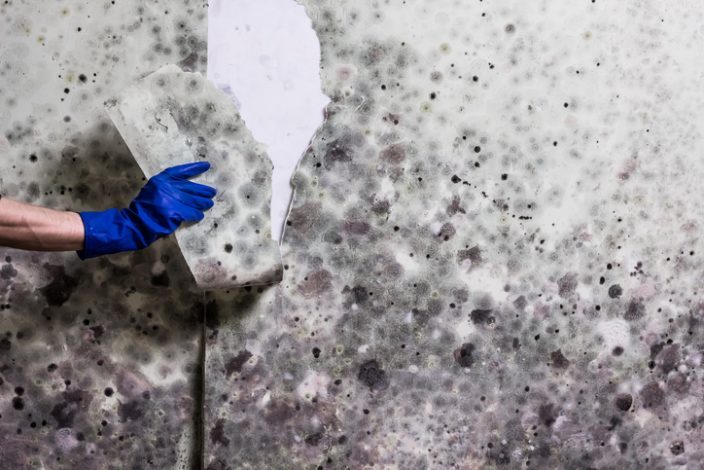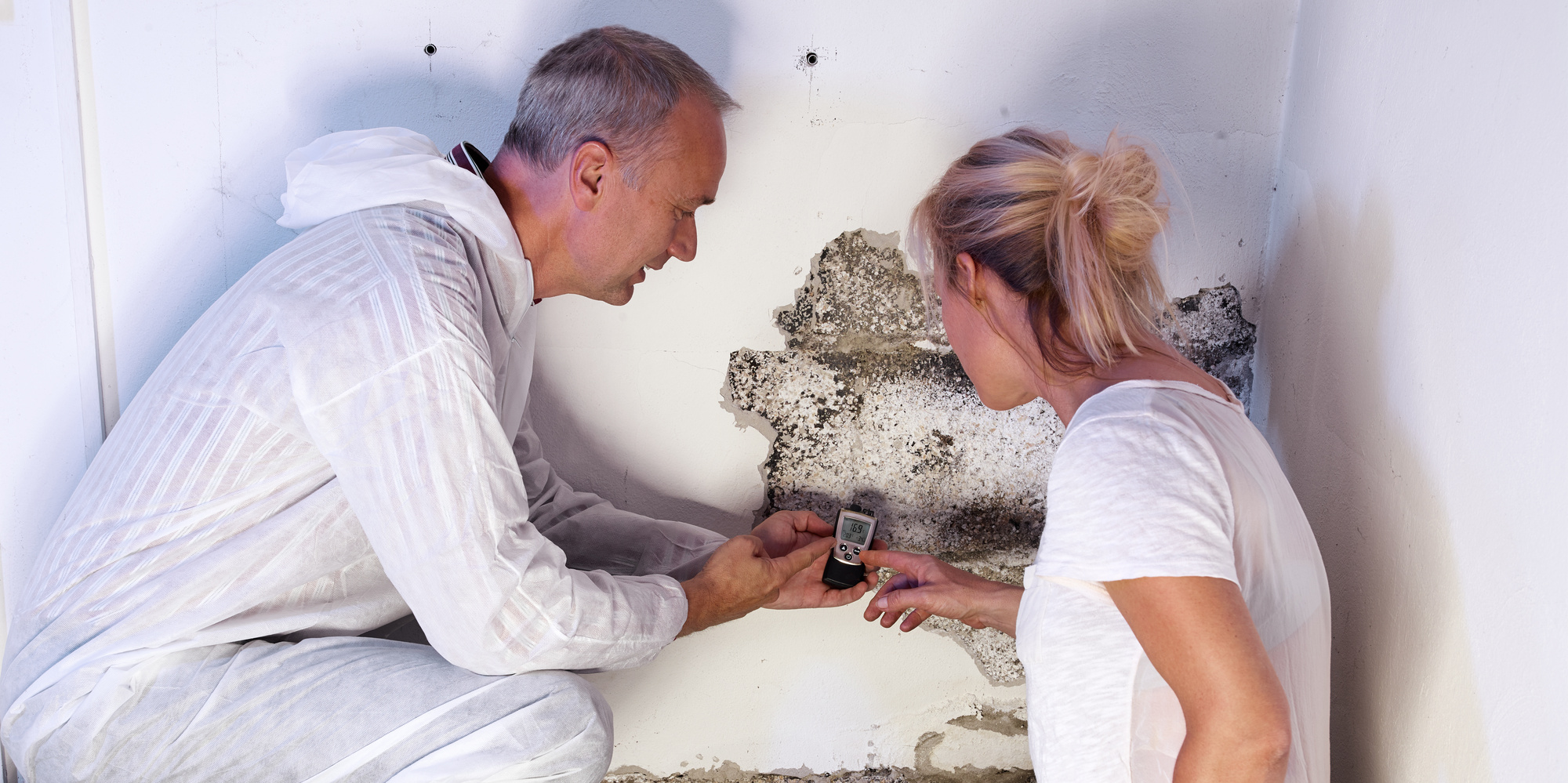Your Ultimate Guide to Blog Post Mold And Mildew Removal Methods
Navigating the realm of post-mold remediation strategies is a careful process that requires interest to information and a detailed understanding of the complexities involved. In the after-effects of mold and mildew infestation, understanding exactly how to effectively eliminate the mold and mildew and stop its reoccurrence is paramount for keeping a healthy interior environment. From picking the right cleaning and sanitizing approaches to executing techniques for lasting mold and mildew avoidance, each action in the remediation trip plays a vital function in making certain an effective end result. As we embark on this exploration of post-mold remediation techniques, we will uncover the crucial methods and ideal methods that can help you recover your area to its pre-mold condition and protect it versus future mold and mildew dangers.
Understanding Post-Mold Removal Process
After completing the mold removal process, it is crucial to comprehend the post-mold remediation methods that are essential to guarantee a comprehensive and reliable clean-up. Once the mold has actually been eliminated, the following step includes cleaning and sanitizing the impacted areas to avoid any type of regrowth of mold and mildew. This consists of using specialized cleaning up agents to clean down surface areas and kill any type of continuing to be mold and mildew spores. It is necessary to dry the area completely to prevent the growth of mold in the future (what to do after mold remediation). Appropriate air flow and dehumidification can help in this process.
Moreover, conducting a last evaluation post-remediation is vital to make sure that all mold has actually been effectively eradicated. If the assessment exposes any sticking around mold, extra removal may be required.
Efficient Cleaning Up and Decontaminating Techniques

Protecting Against Future Mold Development

Significance of Correct Air Flow
Appropriate air flow plays a vital duty in preventing moisture accumulation, an essential consider mold and mildew growth within indoor environments. Reliable air flow systems assist remove excess moisture from the air, reducing the opportunities of mold and mildew spores finding the dampness they require to germinate and spread. Without sufficient ventilation, interior areas can come to be a breeding place for mold, causing possible health and wellness dangers and architectural damages.
By ensuring appropriate air blood circulation, air flow systems can additionally help in drying wet locations much more swiftly after water damages or flooding events, mold removal on wood better hindering mold and mildew development. After mold remediation. In areas like bathrooms, basements, attic rooms, and kitchens where dampness levels often tend to be greater, installing and maintaining effective air flow systems is vital in avoiding mold infestations

Monitoring and Maintenance Tips
Given the critical duty that correct air flow plays in protecting against mold development, it is imperative to develop reliable monitoring and upkeep suggestions to make sure the ongoing capability of ventilation systems. Regular assessments of air flow systems need to be conducted to check for any type of signs of obstructions, leakages, or malfunctions that can impede appropriate air movement. Tracking humidity degrees within the residential or commercial property is additionally crucial, as high moisture can add to mold and mildew development. Setting up a hygrometer can help track humidity levels and sharp home owners to any kind of spikes that may call for interest. Additionally, making certain that air filters are regularly cleansed or replaced is vital for preserving the performance of the air flow system. Applying a schedule for regular upkeep important link jobs, such as air duct cleaning and HVAC system examinations, can assist prevent issues prior to they intensify. By remaining alert and positive to the problem of air flow systems, homeowner can properly alleviate the risk of mold and mildew regrowth and preserve a healthy and balanced interior atmosphere.
Verdict
To conclude, post-mold remediation strategies are important for making sure a clean and secure setting. Comprehending the procedure, executing reliable cleansing and disinfecting techniques, stopping future mold and mildew growth, preserving correct ventilation, and normal surveillance are all crucial steps in the remediation process. By adhering to these guidelines, you can effectively eliminate mold and avoid its return, working or promoting a healthy living room for all residents.
In the results of mold and mildew infestation, understanding just how to effectively get rid of the mold and stop its reoccurrence is critical for preserving a healthy and balanced interior setting. Once the mold has actually been eliminated, the following step includes cleaning and sanitizing the affected areas to protect against any regrowth of mold and mildew - Post Mold remediation cleaning. After eliminating noticeable mold development, it is essential to clean up all surfaces in the damaged location to eliminate any type of find out here now remaining mold and mildew spores. To further enhance mold and mildew prevention procedures, it is vital to deal with underlying problems that at first led to mold growth.Provided the essential role that proper air flow plays in protecting against mold development, it is important to establish effective monitoring and maintenance ideas to ensure the ongoing capability of air flow systems